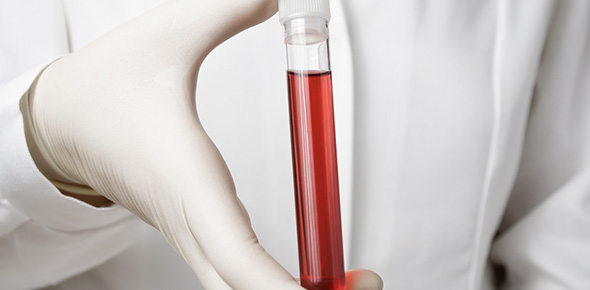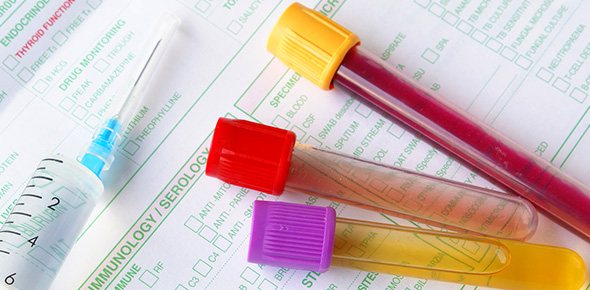Related Flashcards
Cards In This Set
| Front | Back |
|
Upper digestive tract
|
Mouth, esophagus, stomach = swallowing/digestion
|
|
Lower digestive tract
|
Small & large intestines = absorption/elimination
|
|
Oral cavity is lined by what kind of epithelium?
|
Stratified squamous epithelium
|
|
What are the 3 types of mucosa of the oral cavity?
|
1. Masticatory mucosa2. Lining mucosa3. Specialized mucosa
|
|
Masticatory mucosa
|
Found on the gingiva (gums) and hard palateKeratinized and parakeratinized stratified squamous epithelium
|
|
Lining mucosa
|
Found on the lips, cheeks, inferior surface of the tongue, soft palate, floor of the mouthCovers area of striated muscle, bones, and glandsGenerally nonkeratinized, thicker than keratinized regionsInclude keratinocytes, Langerhans cells, melanocytes
|
|
Specialized mucosa
|
Restricted to the dorsal surface of the tongueContains papilla and taste buds
|
|
T/F. Skin is highly vascularized.
|
FALSE. Skin is mostly avascular.
|
|
What are the 3 distinct regions of the lip?
|
Skin, transition zone, oral (lining) mucosa
|
|
What are the 3 prominent cells in the stratified squamous epithelium of the lip?
|
Keratinocytes, melanocytes, and Langerhans cells
|
|
What is the transition zone of the lip?
|
Transition from skin epithelium (keratinized stratified squamous epithelium) to lining mucosa epithelium (non-keratinized, stratified squamous epithelium)
|
|
Name the 4 types of papillae on the dorsal surface of the tongue.
|
1) Filliform papillae2) Fungiform papillae3) Foliate papillae4) Circumvallate papillae
|
|
Filiform papillae
|
Located on the anterior portion of the tongue in the middle, do NOT contain taste buds. Function to grasp food/increase friction b/t the tongue and food.
|
|
Fungiform papillae
|
Located on anterior lateral portions of the tongue, contain tastebuds.
|
|
Foliate papillae
|
Not abundant in humans, but lateral and more posterior on the tongue
|






